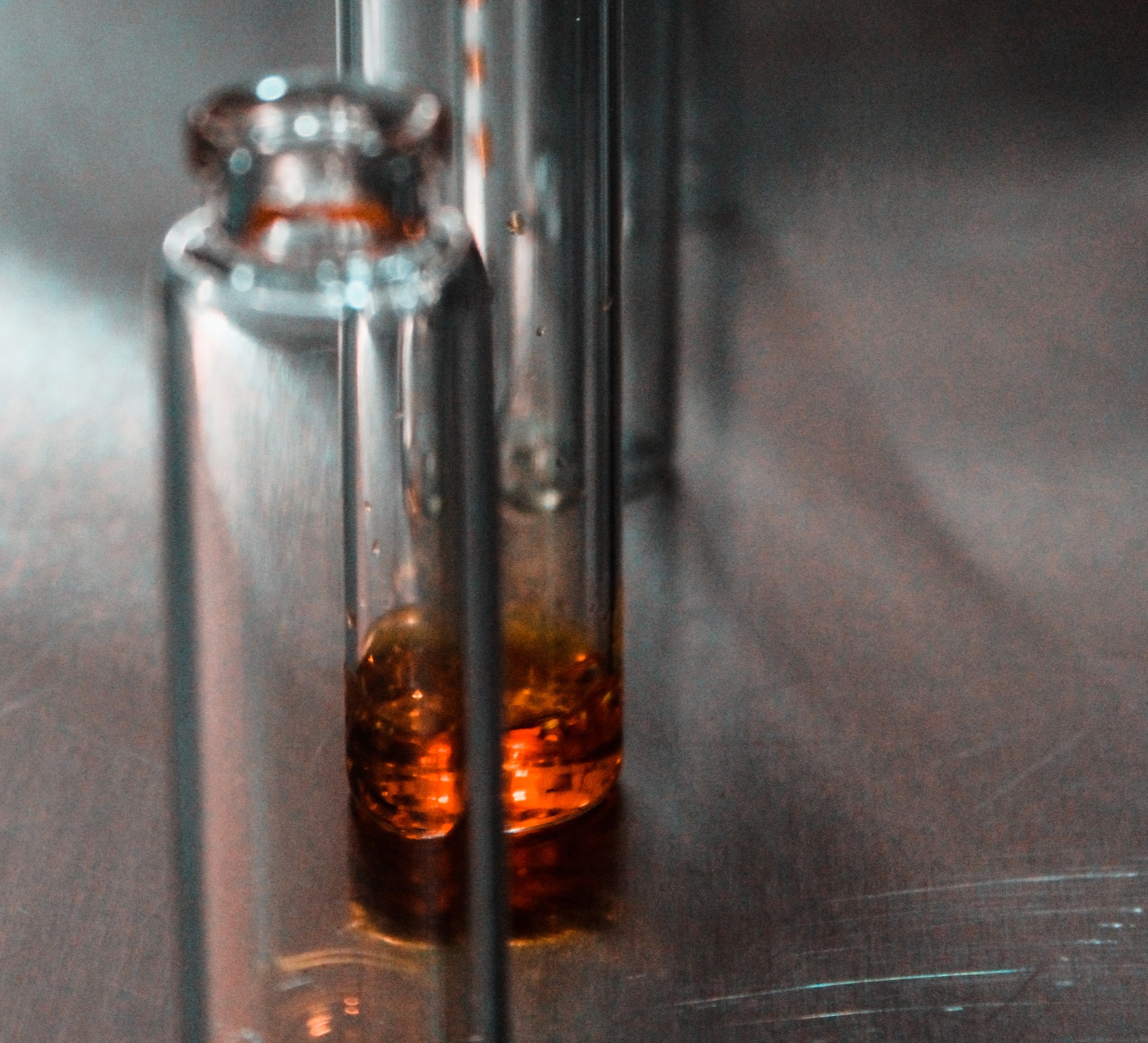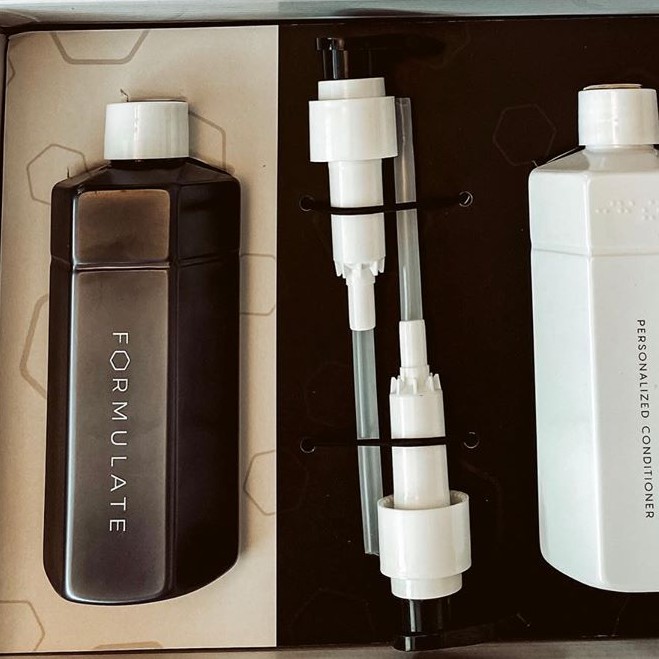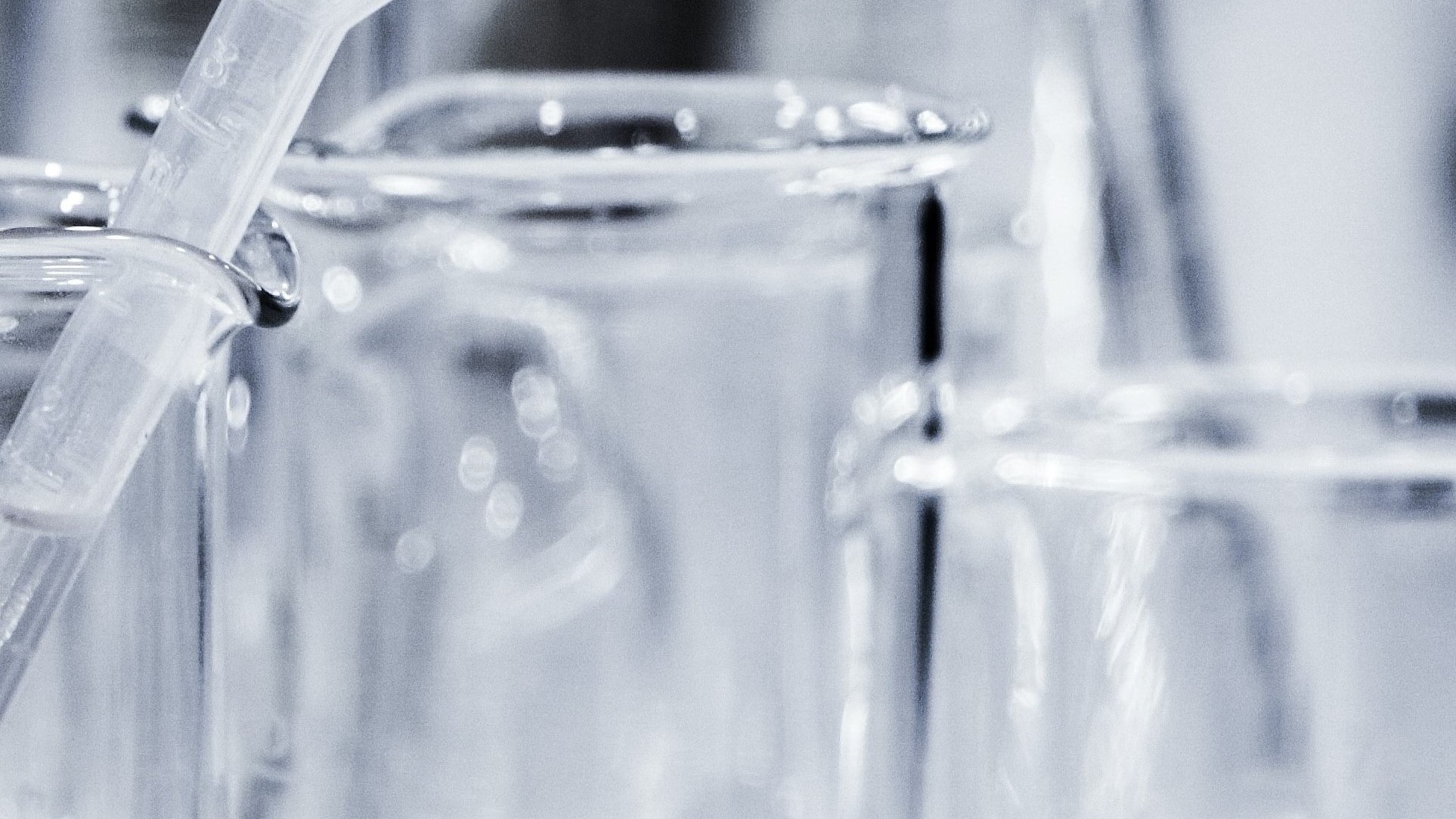There's a lot of enthusiasm right now out in the blogosphere for pH balanced shampoos. While seeking out other expert opinions for this story, we heard everything from "every single person on this earth should have a basic (hah! punny) understanding of pH" to "saying something is pH balanced actually means nothing"
So why is everyone so psyched about scalp chemistry? Is pH balance actually the most important part of a well-formulated shampoo, or is this excitement blown way out of proportion?
pH 101: if it's got water, it's either acidic, neutral, or basic
Fun fact -- your scalp is pretty acidic. Less acidic than lemon juice, but more acidic than plain water or milk. You're probably at a black coffee level of acidity.
Your scalp, like the rest of your skin, contains water. And every aqueous solution that exists on this earth falls on a continuum of being either acidic or basic. Acidic solutions have lower numbers of hydrogen ions. Basic solutions have higher numbers of hydrogen ions.
This continuum of hydrogen ion concentration is measured on the pH scale, which ranges from 0 to 14. Numbers below 7 (0 to 6.9) are considered acidic, and numbers above 7 (7.1 to 14) are considered basic. Stomach acid has a very acidic pH of about 1, distilled water has a neutral pH at 7, and pure bleach has a very basic pH of 13.
A lot of people are already familiar with the idea of acidity. You've probably screwed up your face at the sour taste of lemon juice (pH = about 2) or vinegar (pH = about 2.5) at some point in your past. Or maybe you've heard someone say that a salad needs more acidity to taste better (fun fact number two: most commercially available salad dressings have a pH under 4.4 both to inhibit the growth of unwanted bacteria and to, you know, taste good).

People are generally less familiar with the acid's opposite: base. Common basic substances include salt water ( pH= generally between 7.5 to 8.5), hand soap (pH = generally between 8 to 10) , and Windex (pH= 8).
Why does pH matter for your haircare?
The human scalp generally has a pH of about 5.5, meaning it's on the slightly acidic side of the PH scale. The hair shaft is more acidic, coming in at about 3.6 (more acidic than a tomato, but less acidic than a lemon).
It's generally a good idea to have a shampoo that's more acidic rather than basic, as both the hair and scalp are more acidic than basic. Applying a product that's basic can both make your skin appear prematurely aged (it loosen elasticity and makes skin unable to repair itself very well) and can contribute to acne outbreaks -- double ick.
But at the same time, you don't want a product that's, you know, too acidic, as this can also mess up the functioning of your skin's acid mantle -- the thin film on the surface of skin that acts as a barricade to bacteria and other viral substances trying to penetrate. So even though your hair and scalp are acidic, don't go applying lemon juice to your tresses willy nilly.
Good products hit the sweet spot of acidity where the hair cuticle is smoothed and the scalp is happy and breakout free. And yeah, just in case you were wondering, our products adhere to this best practice: Formulate's custom shampoos and conditioner have a pH of between 4.5 and 5.5.

Should you buy a pH balanced shampoo?
Unfortunately, maintaining a pH that's acidic but not too acidic is something that a lot of companies just don't bother with. This is for a couple reasons.
For starters -- people, especially Americans, love the feel of lathery, bubbly shampoos. We feel extra clean when we apply them to our skin and tresses, like we've successfully washed the dirt and grime of the day away.
However, that rich, bubbly lather is only created by products that are basic. And, remember, basic = bad news for hair. So if you really love the bubbles, you'll have to make a hard choice between fun to use and actually effective.
What's even worse: some companies misuse the phrase "balanced pH". Because the pH scale ranges from one to 14, "balanced" could refer to pH levels that are between 5.5 and seven. These numbers drop in the middle of the ph scale, but on the low side. That means the manufacturer may have considered pH while formulating the shampoo, but didn't actually make it a lower pH, which would have been more ideal. Basically, you can call a pH balanced, but it doesn't actually mean anything.
Finally, most companies don't publicly disclose the pH of their products. This might be because they're aware that while people might want a "balanced pH", they're also not willing to give up the bubbles.
Thirsty for more hair knowledge? Here's what to check out next:
How Often Should You Brush Your Hair?
We talked to the experts to find out
Living With An Oily Scalp + Dry Ends
#unfair, right?
How Long Does It Take For Hair To Grow Back?
How long does it take for hair to grow back after a bad cut?
Is Hair Alive?
The answer might be a little more complicated than you thought 👀




